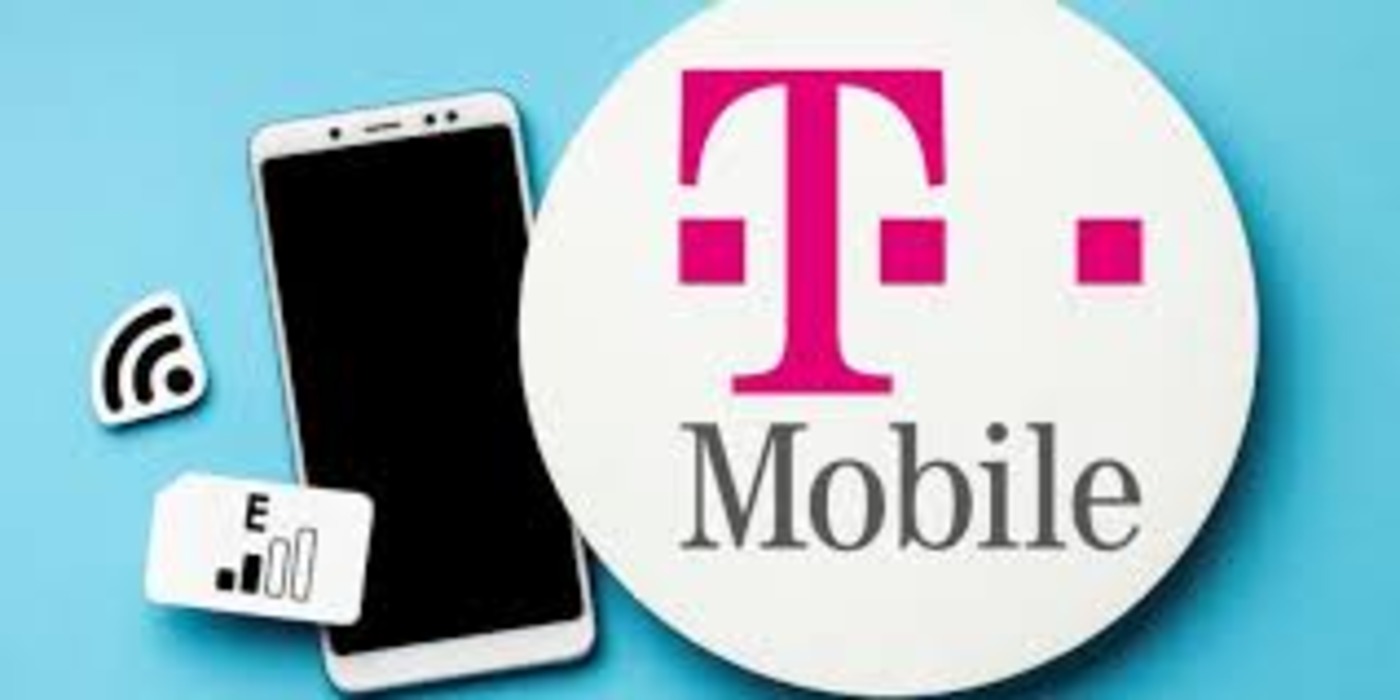T-Mobile EDGE, often referred to as Enhanced Data rates for GSM Evolution, represents a significant phase in the evolution of mobile telecommunications. Introduced in the early 2000s, EDGE marked a transitional technology between the second-generation (2G) and third-generation (3G) networks. This article delves into the technical aspects, historical context, impact, and relevance of T-Mobile EDGE in the landscape of mobile communication.
Historical Context and Evolution of T-Mobile EDGE
In the early days of mobile communication, the Global System for Mobile Communications (GSM) standard dominated. GSM networks, however, were limited in their data transmission capabilities, primarily supporting voice calls and basic text messaging. As the demand for mobile internet and data services grew, the need for faster and more efficient data transmission became evident.T-Mobile EDGE
EDGE was developed as an enhancement to the existing GSM networks, providing higher data rates and improved spectral efficiency. Officially introduced in 2003, EDGE was a response to the growing demand for mobile internet access and the need for a bridge technology that could transition smoothly into the 3G era.T-Mobile EDGE
Technical Aspects
EDGE is often referred to as 2.75G, sitting between the traditional 2G (GSM) and the more advanced 3G (UMTS/HSPA) networks. Here are some key technical features and advancements that EDGE brought to the table:T-Mobile EDGE
- Modulation Techniques: EDGE employs a more sophisticated modulation technique called 8-PSK (Phase Shift Keying), compared to the simpler GMSK (Gaussian Minimum Shift Keying) used in standard GSM. This modulation allows for higher data rates by increasing the number of bits transmitted per signal change.
- Data Rates: With the implementation of EDGE, theoretical peak data rates increased significantly. While GSM offered data rates of up to 14.4 kbps per timeslot, EDGE could achieve up to 59.2 kbps per timeslot. When aggregated across multiple timeslots, this resulted in maximum data rates of around 384 kbps, a substantial improvement over traditional GSM.
- Backward Compatibility: One of the significant advantages of EDGE was its backward compatibility with existing GSM networks. This meant that mobile operators like T-Mobile could upgrade their networks to support EDGE without needing to overhaul their entire infrastructure. It also allowed users with EDGE-capable devices to fall back on GSM where EDGE coverage was not available.
- Enhanced Error Correction: EDGE introduced enhanced error correction algorithms, improving the reliability and stability of data transmissions. This was particularly important for maintaining consistent data rates in varying signal conditions.
Impact on Mobile Communication
The introduction of EDGE by T-Mobile and other mobile operators had a profound impact on mobile communication during its time. Here are some ways in which EDGE influenced the industry:
- Enhanced Mobile Internet: Before the advent of EDGE, mobile internet access was slow and limited. With the higher data rates offered by EDGE, users could browse the web, check emails, and use basic online services more efficiently. This marked the beginning of a more connected mobile experience.
- Multimedia Messaging Service (MMS): EDGE played a crucial role in enabling Multimedia Messaging Service (MMS), allowing users to send and receive pictures, audio, and video clips over their mobile devices. This added a new dimension to mobile communication beyond simple text messages.T-Mobile EDGE
- Foundation for Future Technologies: While EDGE itself was a significant improvement, it also laid the groundwork for future advancements. The lessons learned and the infrastructure improvements made for EDGE facilitated the transition to 3G and later 4G (LTE) networks.
- Global Reach: As a standardized enhancement to GSM, EDGE saw widespread adoption across the globe. This universality meant that users traveling internationally could still enjoy improved data services in many regions, enhancing the overall mobile experience.T-Mobile EDGE
T-Mobile’s Adoption and Implementation
T-Mobile, a major player in the telecommunications industry, embraced EDGE as part of its strategy to enhance mobile data services for its customers. The implementation of EDGE by T-Mobile followed several strategic steps:
- Network Upgrades: T-Mobile invested in upgrading its existing GSM infrastructure to support EDGE. This involved deploying new hardware and software solutions that could handle the increased data rates and improved modulation techniques of EDGE.
- Device Support: T-Mobile worked closely with device manufacturers to ensure that a wide range of mobile phones and devices were EDGE-compatible. This included popular brands and models, making it easier for consumers to access the benefits of EDGE without needing to switch carriers or devices.T-Mobile EDGE
- Marketing and Customer Education: As with any new technology, customer education was crucial. T-Mobile launched marketing campaigns to inform customers about the advantages of EDGE, how it worked, and the improvements they could expect in their mobile internet experience.
- Coverage Expansion: T-Mobile focused on expanding EDGE coverage to as many areas as possible. This included urban centers, suburban regions, and even rural areas where feasible. The goal was to ensure that a significant portion of its customer base could benefit from the improved data services offered by EDGE.
Relevance and Legacy
While the advent of 3G, 4G, and now 5G networks has surpassed the capabilities of EDGE, its relevance and legacy remain significant. EDGE represented a critical step in the evolution of mobile networks, bridging the gap between 2G and 3G technologies. Even today, in areas with limited 3G or 4G coverage, EDGE can still provide a viable fallback option for basic data services.T-Mobile EDGE
Moreover, the introduction of EDGE highlighted the importance of continuous innovation and improvement in the telecommunications industry. Each subsequent generation of mobile technology builds upon the foundations laid by its predecessors, striving to meet the ever-growing demands for faster, more reliable, and more comprehensive mobile communication solutions.
Conclusion
T-Mobile EDGE played a pivotal role in the history of mobile telecommunications, offering enhanced data services and improved user experiences during its time. By providing higher data rates, better error correction, and backward compatibility, EDGE bridged the gap between the early days of mobile communication and the more advanced 3G and 4G eras. T-Mobile’s adoption and implementation of EDGE underscored the company’s commitment to innovation and customer satisfaction, setting the stage for future advancements in mobile technology. While newer technologies have since taken the spotlight, the legacy of EDGE remains an essential chapter in the ongoing story of mobile communication evolution.





